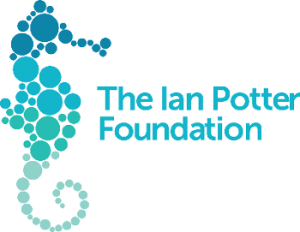The Science Advisory Council is made up of a diverse group of scientists and researchers from across Australia with expertise in rock art and a range of related fields who advise the Rock Art Australia Board about our research program.
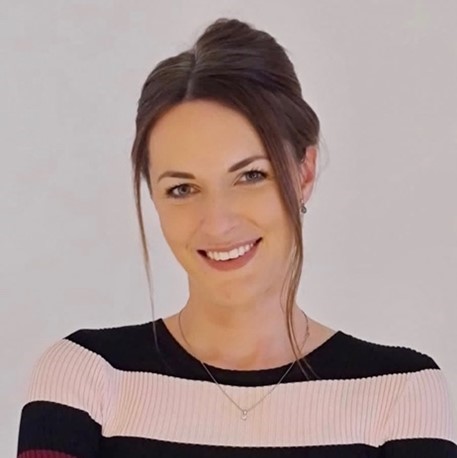
Dr Helen Green is a Research Fellow in the School of Earth Sciences at The University of Melbourne holding Rock Art Australia’s 5 year Fellowship in Rock Art Dating from The Ian Potter Foundation. Helen was employed as a Post Doctorate Researcher on the Australian Research Council (ARC) Linkage Project with Rock Art Australia, focussed on dating the Aboriginal rock art of the Kimberley region (2014-2018) and was a Chief Investigator on the Rock Art Dating Project-2 (2018-2022).
Helen is also an Associate Investigator on the ARC Centre of Excellence for Australian Biodiversity and Heritage (CABAH). Helen’s research over the last five years has focused on analysing mineral accretions using a range of geochemical techniques to characterise and understand the formation processes occurring in relation to rock art pigments in north west Australia’s Kimberley region. These techniques include uranium-thorium dating, radiocarbon dating, stable isotope analysis along with analytical techniques such as X-ray diffraction analysis, scanning electron microscopy, electron microprobe analysis and others. Using this knowledge Helen is adapting both radiocarbon and uranium-series dating techniques to oxalate and phosphate bearing layered mineral accretions, with an aim of generating bracketing ages for different rock art styles comprising the established rock art sequence in the Kimberley region.

Professor Chris Clarkson is the RAA Chair in Rock Art and Archaeology at Griffith University.
He is an archaeologist at the Australian Research Centre for Human Evolution, Griffith University. His research focuses on early human dispersals, stone tool technology, Indigenous heritage, and cultural change across regions including Arnhem Land, South Asia, Indonesia, Africa, Arabia, and Europe.
He led the landmark excavations at Madjedbebe rock shelter in Arnhem Land, in partnership with the Mirarr Traditional Owners, and the Gundjeihmi Aboriginal Corporation, uncovering evidence of human occupation in northern Australia dating back 65,000 years. This discovery, published in Nature, includes the world’s oldest ground-edge axes and seed-grinding tools outside Africa, reshaping our understanding of human migration out of Africa and the antiquity of Aboriginal occupation of Sahul.
Chris has pioneered quantitative 3D analysis of stone tools, contributed key research on the Toba super-eruption’s impact, and explored links between climate change and human innovation. He has published over 110 scholarly works and is the author of Lithics in the Land of the Lightning Brothers.
A Fellow of the Society of Antiquaries of London and the Australian Academy of the Humanities (elected 2024), he received the 2017 Shanghai Archaeology Forum Field Discovery Award. He joined Griffith University in 2025 after holding multiple ARC fellowships and appointments at the University of Queensland and the University of Cambridge.
Chris joined the SAC in August 2022.
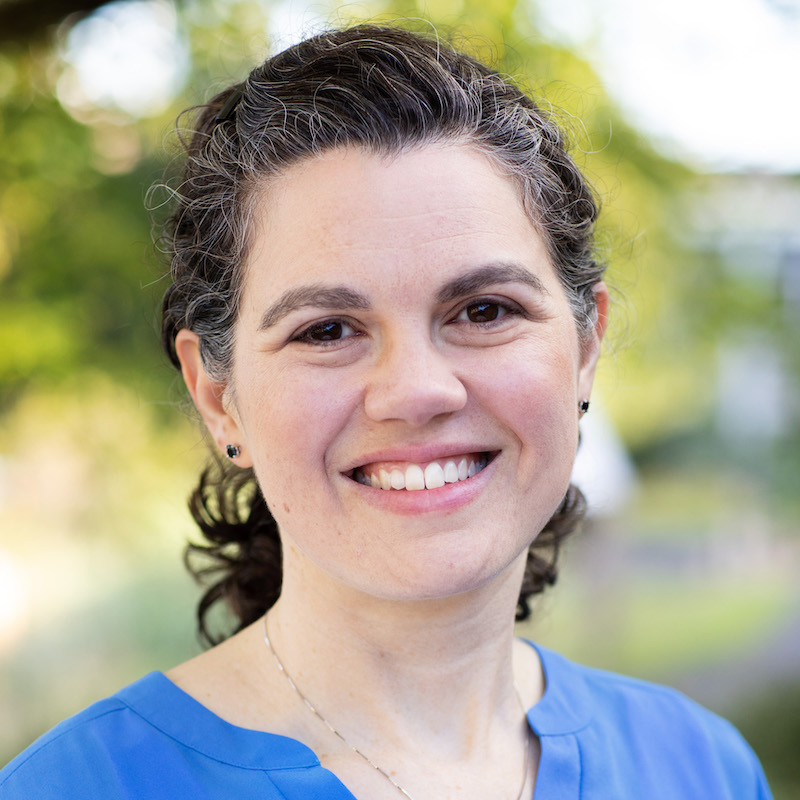
Professor Rachel Popelka-Filcoff (FRACI) is the inaugural Rock Art Australia Minderoo Chair in Archaeological Science at the University of Melbourne. Her laboratory integrates advanced nuclear and spectroscopic approaches into multidisciplinary projects, including cultural heritage chemistry and archaeological science. Her research is to the first comprehensive integrative characterisation of Australian natural mineral pigments on cultural heritage materials by several analytical methods to answer questions about provenance and composition.
Rachel holds a PhD in Chemistry from the University of Missouri as a National Science Foundation Research Fellow, and completed a National Research Council postdoc at the National Institute of Standards and Technology. Rachel is the Past President of the Society for Archaeological Sciences, and is on the editorial board of Journal of Archaeological Science and is a Fellow of the Royal Australian Chemical Institute.
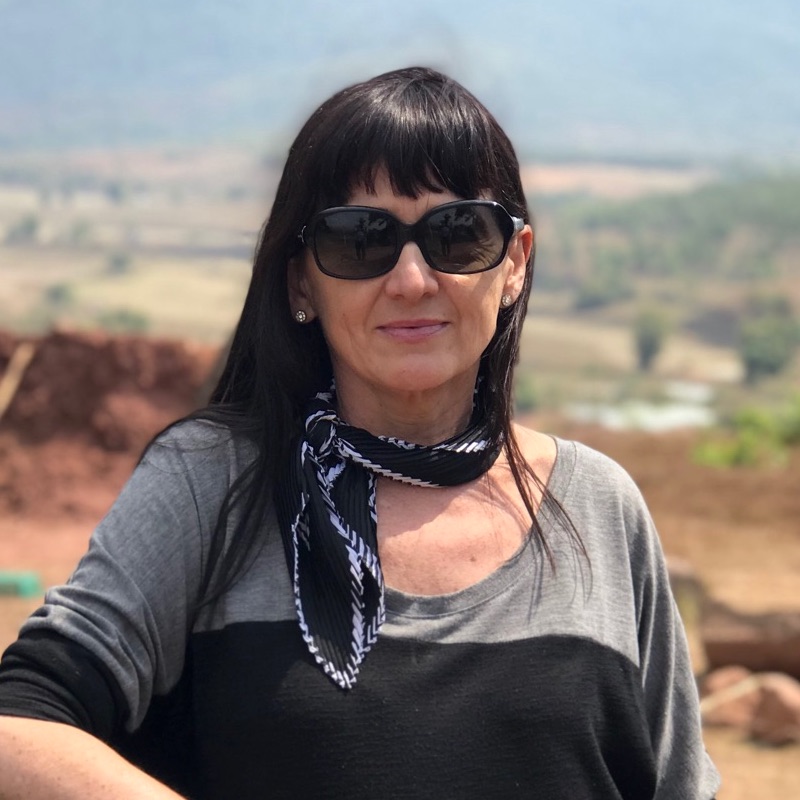
Dr Louise Shewan (FRGS) is Senior Research Fellow in Archaeological Science based in the School of Geography, Earth and Atmospheric Sciences at the University of Melbourne. She is an archaeological scientist with expertise in the isotopic analysis of skeletal remains and environmental samples for the creation of background ‘isoscapes’ for archaeological research. Her present research focus is the development of methodologies for the digital conservation of rock art (including VR) and the documentation and investigation of megalithic landscapes. She is currently leading a 5-Year ARC Discovery project, “Megalithic Connections: Imperilled Cultural Heritage in Laos and India”.
Louise is an interdisciplinary researcher with current research projects in agricultural traceability to fingerprint Australian wine to define provenance and authenticity, in forensic science (Australian Facility for Taphonomic Experimental Research facility) and has long-standing interdisciplinary collaborations with Engineering (remote sensing in post-conflict environments) and the Faculty of Arts (cultural conservation). She has also led community health projects in rural Cambodia alongside her archaeological research.

Charmaine is a proud Djabuganjdji and Gimuy Walubara Yidinji woman from Redlynch, Cairns, and Palm Island. She holds a Bachelor of Animal Ecology from the University of the Sunshine Coast and is currently completing a Master of Science in Tropical Biology at James Cook University, where she also works as a Project Officer for the ATSIMS (Aboriginal and Torres Strait Islander Marine Science) program. Charmaine recently participated in the Coral Sea Foundation’s Sea Women Great Barrier Reef training program, gaining hands-on experience in marine conservation alongside Indigenous women from Australia, Papua New Guinea, and the Torres Strait Islands.
Deeply committed to preserving and promoting Indigenous ecological knowledge, customs, and traditions, she advocates for embedding this knowledge at the heart of scientific research and conservation.
Charmaine joined the SAC in August 2025.
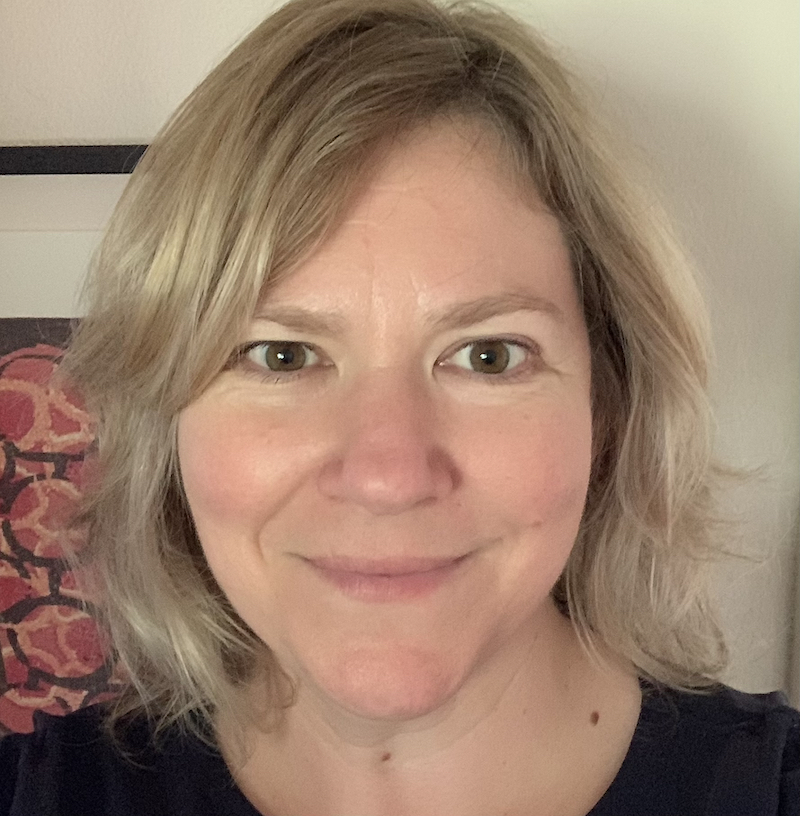
Annie joined the SAC in 2021 as Ex-Officio member on behalf of the Western Australian Museum. She holds a Bachelor of Arts (Hons) in archaeology from the University of Western Australia (UWA) and has worked in Indigenous cultural heritage in WA for over 15 years. As Assistant Curator Archaeology she manages the state’s archaeology collection, facilitating access to collections for communities and researchers, developing interpretive content for exhibitions and supporting community-led heritage projects. Working with communities across WA she developed several exhibits for the new WA Museum Boola Bardip (opened 2020) exploring significant natural and cultural landscapes and Aboriginal peoples enduring connections to them.
She is currently working on a project with Balanggarra Aboriginal Corporation, DBCA and UWA to investigate Southeast Asian trepang sites on the Kimberley coast. She is also a Partner Investigator on the ARC-Linkage project ‘From the Desert to the Sea: Managing Rock Art, Country and Culture (2022-2026)’, working with Aboriginal knowledge-holders and researchers from Australia and abroad to better understand museum collections and their links to cultural landscapes, knowledge and traditions.
She has been involved in several rock art research projects across WA and northern Australia, and is currently the WA Museum representative on the Murujuga Rock Art Stakeholder Reference Group. Annie is also involved in delivering aspects of the Museum’s annual Emerging Curators program, which provides exposure and training in Museum curation and collections to Aboriginal and Torres Strait Islander participants.
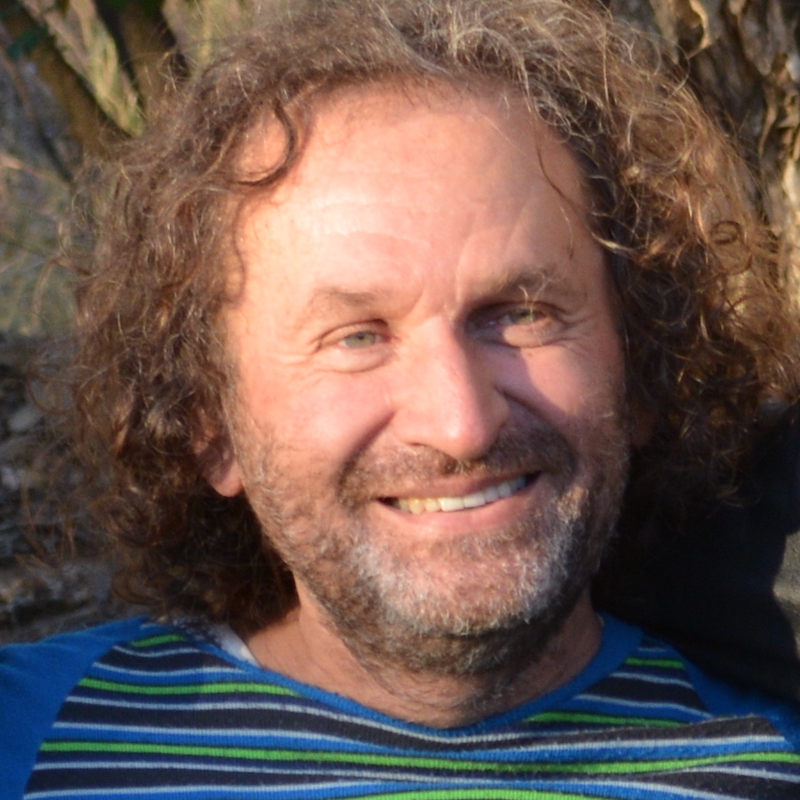
Bruno David is an archaeologist based at the Monash Indigenous Studies Centre, Monash University (Melbourne). Bruno’s current research focuses on the archaeology of GunaiKurnai Country in the Gippsland region (Victoria), where he works in close partnership with the GunaiKurnai Land and Waters Aboriginal Corporation who co-devise research programmes in light of GunaiKurnai research priorities. Their research takes a ‘whole-of-Country’ approach and spans from the High Country to the coast and islands of Gippsland. He is interested in the entire span of Aboriginal occupation, with active research interests on the antiquity of occupation, rock art and symbolism, past engagements with deep caves, ethnography and oral traditions. He has published over 300 academic and popular articles and 18 books, including the Handbook of Landscape Archaeology (co-edited with Julian Thomas) for the World Archaeological Congress (2008; Routledge). He is the author of Cave Art (2017; World of Art series, Thames and Hudson), and co-editor (both with Ian J. McNiven) of The Oxford Handbook of the Archaeology and Anthropology of Rock Art (2018; Oxford University Press) and The Oxford Handbook of the Archaeology of Indigenous Australia and New Guinea (2021; Oxford University Press). In 2024 he was awarded an Australian Research Council (ARC) Industry Laureate to research the effects of sea level rise on GunaiKurnai coastal sites, and in 2023 an ARC Linkage grant with the GunaiKurnai Land and Waters Aboriginal Corporation and Rock Art Australia to research the archaeology of the limestone landscape in the southern foothills of the Snowy River catchment, GunaiKurnai Country.
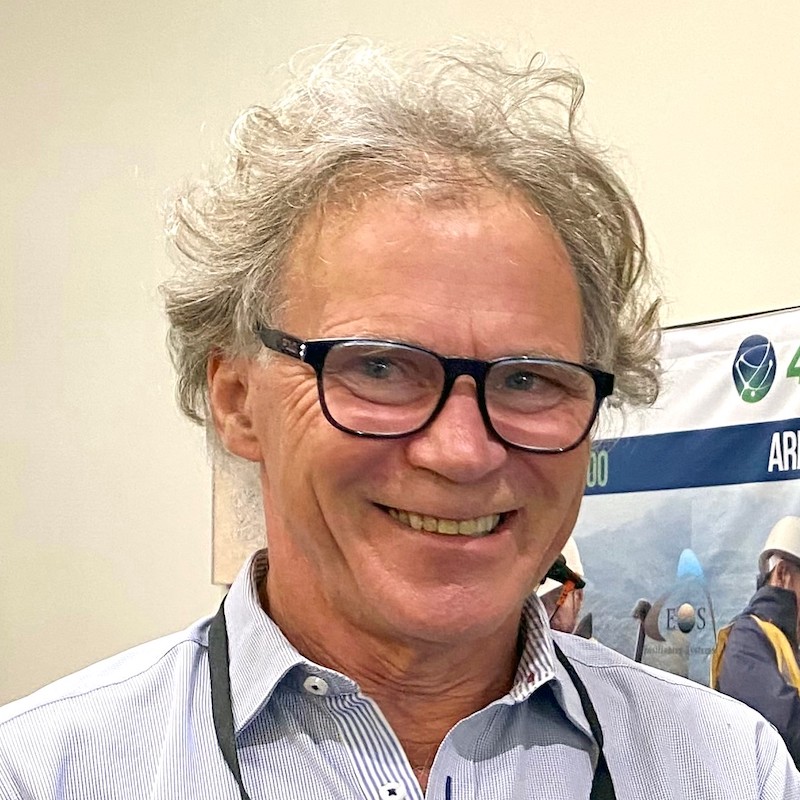
Richard Fullagar (BA Melb, PhD La Trobe) is an archaeologist with over forty years’ experience in fieldwork, heritage management and academic research. He is best-known for his expertise on microscopic residues and usewear to determine the function of stone tools.
Most of his archaeological fieldwork and lithic studies have been in the Southeast Asia-Australasian region, where he works closely with Aboriginal communities. He has published on the function of stone tools from many key sites in this region and other parts of the world. He is interested in the earliest stone artefacts of modern humans and the global history of grinding technology. Richard is co-writing a comprehensive book on Aboriginal Ground Stone Implements. He has Adjunct Professor appointments at the University of Western Australia, Flinders University and La Trobe University.

Donny is a Jaru man from the East Kimberley and brings a wealth of knowledge, lived experience, and a strong connection to the region. With a background in Indigenous and Environmental Studies (University of Melbourne and UWA), he also brings strong academic insight and experience working alongside researchers from the Rock Art Dating and Kimberley Visions projects.
A passionate science communicator, Donny has hosted a weekly radio program on conservation issues and shares engaging content with a broad audience through social media (@DonnyDrysdale)-helping to make complex environmental and cultural topics more accessible.
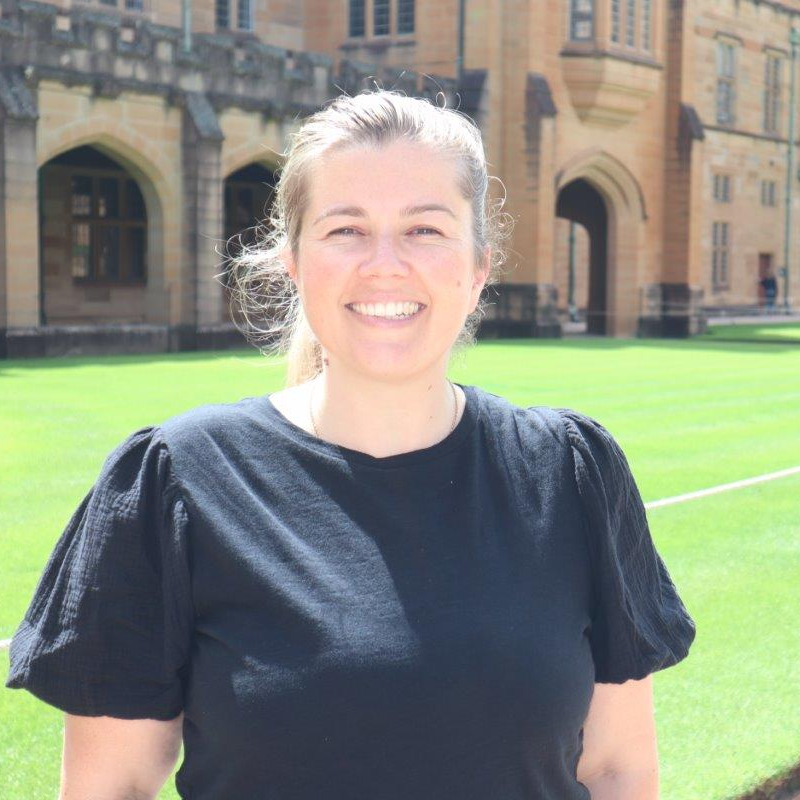
Dr Tristen Jones is a lecturer in the Master of Museum and Heritage Studies program and an archaeologist in the School of Humanities at The University of Sydney. She is an internationally renowned early career scholar with expertise and research interests in rock art, human symbolic and ritual behaviours, the history of archaeology and Australian Indigenous and Pacific ethnographic museum collections (see https://www.sydney.edu.au/arts/about/our-people/academic-staff/tristen-jones.html).
Dr Jones’ research focus centres on Aboriginal rock art, Australian Aboriginal and Pacific ethnographic material culture, museum collections, and the history of archaeology. Her research highlights the globally significant narratives of ancient ritual behaviours in Aboriginal Australia and how Indigenous Australians mobilised rock art as an effective social signalling, communications and knowledge transfer tool in the past. It also highlights the diverse and innovative cultural practices used by Indigenous Australians in the production and representation of rock art and material culture, its geographic distribution and antiquity. Her research is motivated by a mission to inform a wider appreciation of Australian Indigenous culture in Australian public culture. It aims to action reconciliation principles by closing the gap through creating opportunities for Indigenous Australians to develop community-based research projects that prioritise Indigenous sovereignty of intellectual property and create opportunities for education, training and economic development for local communities.
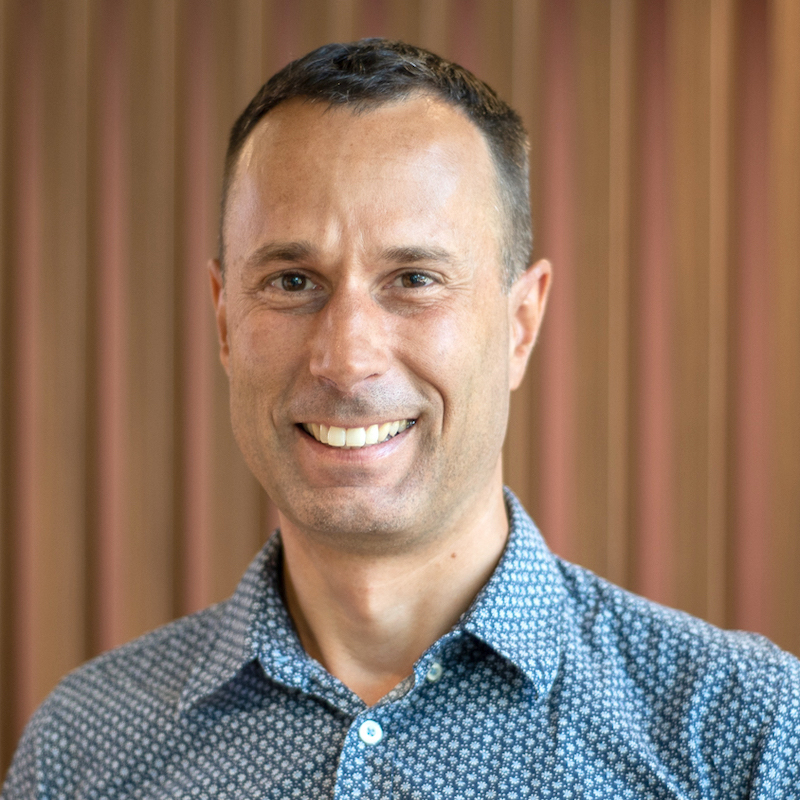
Bastien Llamas is Associate Professor and Reader in Human Genetics at the University of Adelaide, where he leads the Molecular Anthropology Group at the Australian Centre for Ancient DNA (ACAD). He is a former ARC Future Fellow, an Honorary Research Associate in the Indigenous Genomics team of the Telethon Kids Institute, an Honorary Associate Professor at the National Centre for Indigenous Genomics (NCIG) at the Australian National University, and Deputy Director of the ARC Centre of Excellence for Australian Biodiversity and Heritage (CABAH).
Bastien is an expert in genomics and paleogenomics. His research sits at the interface between population history and personalised genomics, with a strong focus on improving genomic data and building capacity to the highest standards required to enable Indigenous inclusion in paleogenomics and genomic medicine. His co-designed projects combine a range of advanced analytical methods to integrate past and present Indigenous genetic diversity and assess the relationships between peoples and places through time.
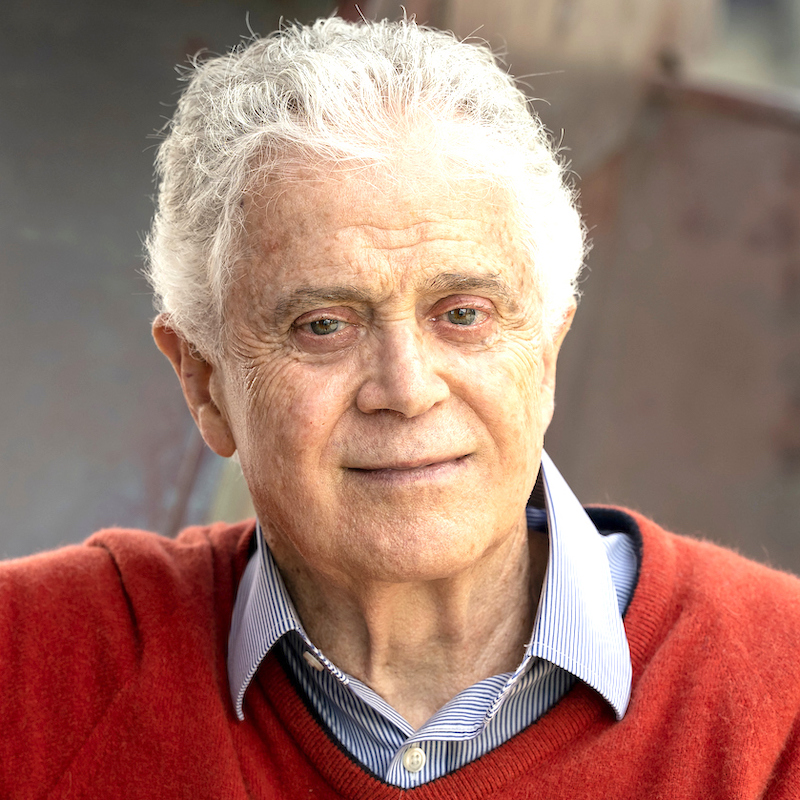
Ian D MacLeod has been working on rock art for over 40 years and it began assessing the success of graffiti removal and silicon drip lines. At Wave Rock the applied micrometeorological approach was developed with Philip Haydock, and we established the preservation mechanism involved reaction of water-borne phosphates and acidity from guano sources at the top of the rock. This interaction changed fugitive calcite and kaolinite into new stable minerals.
The Kimberley studies focused on the preservation mechanism of Wandjina paintings. The premise that nothing happens in the dry season and that all the action was in the wet was shown to be false. It was possible to measure the heat of adsorption and desorption of water from rocks in the Napier Ranges. Plant metabolites producing oxalate ions changed the vivid white pigment huntite into a more chemically stable form that stopped exfoliation.
The surfaces of engraved rocks in Murujuga has been studied periodically for 18 years utilising surface pH, chloride ions and redox potentials to establish the complex decay and preservation mechanisms of the art work. Applied electrochemistry has shown that the rock surfaces are alive and respond to changes in moisture and the accumulation of sea salts.
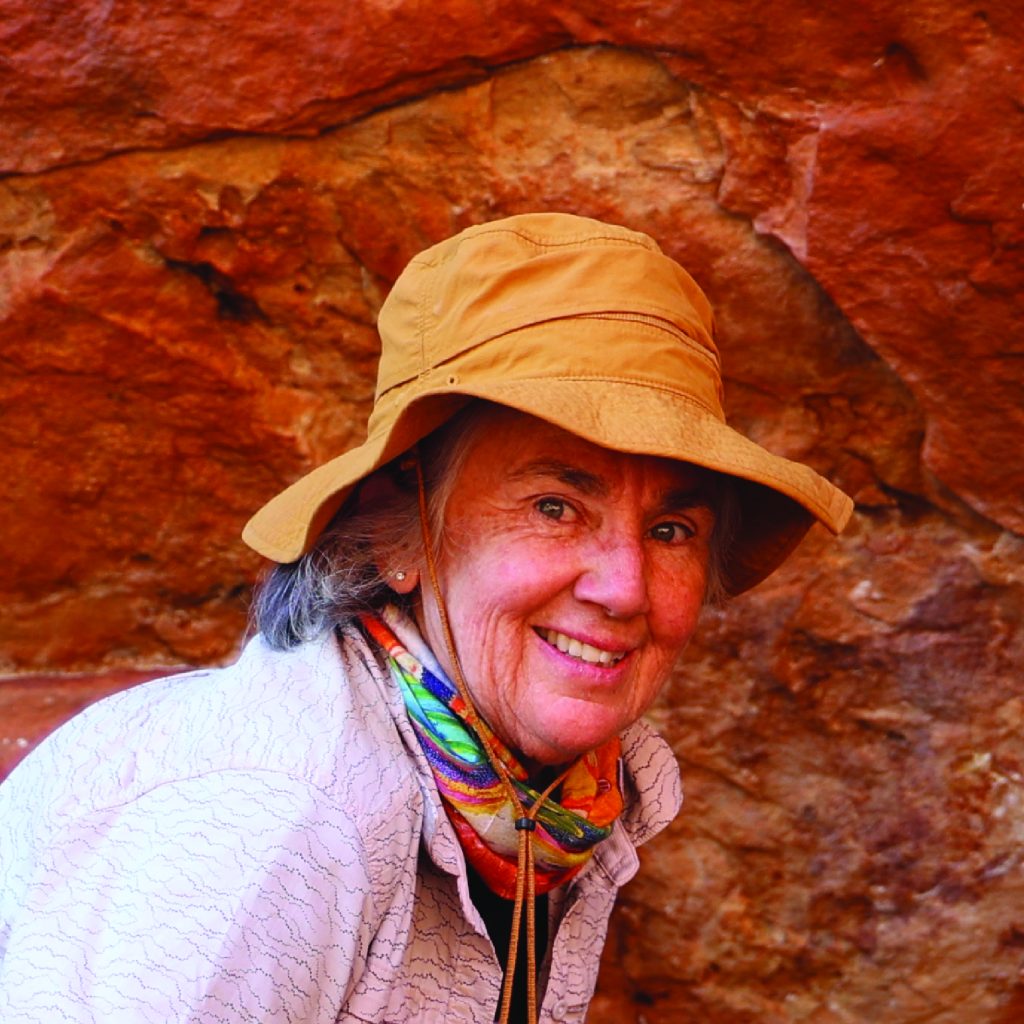
Jo McDonald joined the SAC in 2012 as Ex-Officio member on behalf of the Centre for Rock Art Research + Management at UWA (CRAR+M). She is Director of CRAR+M and holds the Rio Tinto Chair in Rock Art Studies (2012-present). She was an ARC Future Fellow (2011-2016). Her Fellowship project studied rock art in the Western Desert in Australia and the Great Basin, USA. She is currently leading two ARC Linkage Projects: Dating Murujuga’s Rock Art using innovative multidisciplinary approaches, and the other Desert to the Sea, working with three Aboriginal communities managing their vast rock art estates. She has 40 years’ experience in managing Indigenous archaeology and has been researching rock art throughout this time.
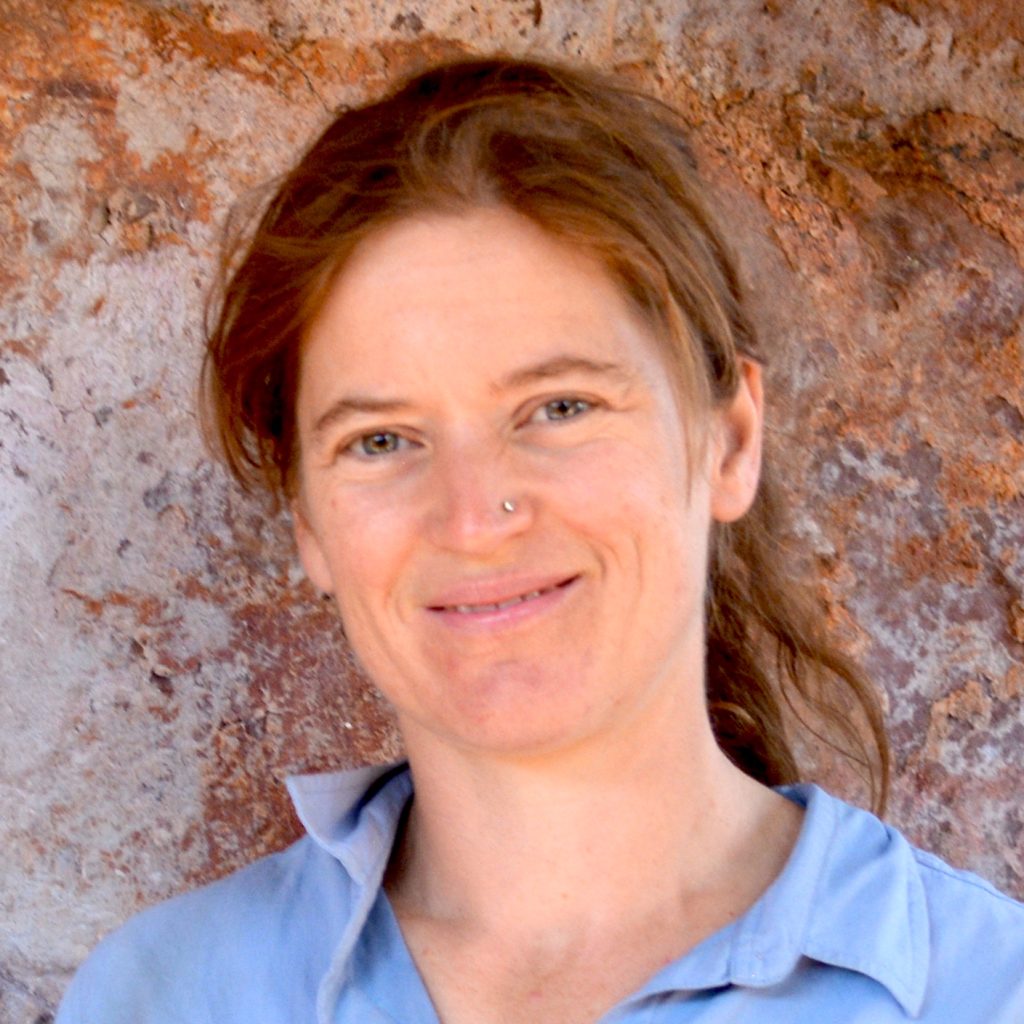
Cecilia holds a BA and BSc in Archaeology and Zoology and a MA in Biological Anthropology. She was introduced to the Kimberley and its rock art by the late Dr Grahame Walsh and provided assistance to him in his field work for several years. Since his death she has continued to document and protect rock art in the north Kimberley.
Cecilia was instrumental in developing the rock art recording course with Kimberley TAFE that RAA takes to the remote communities. Cecilia is a Director of Dunkeld Pastoral Company, a family business, and chairs its Conservation and Environment Committee. DPC has properties in western Victoria, the north Kimberley and in the Northern Territory.
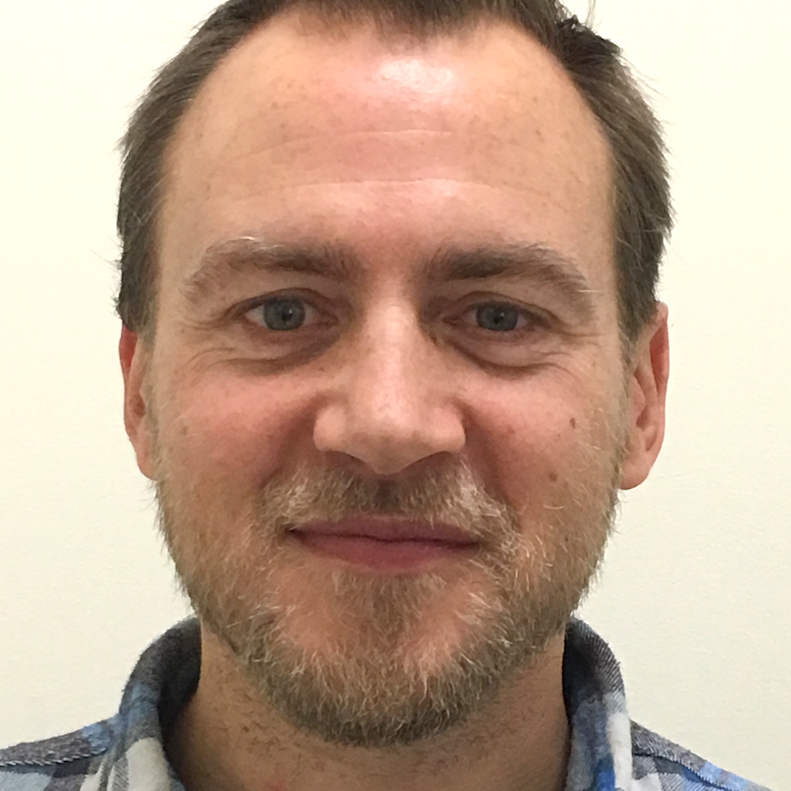
Ray Tobler is a population geneticist specialising in human genetic history in Sahul and Island Southeast Asia (ISEA), who has made key contributions to our understanding of the global radiation of humans beyond Africa and the peopling of Sahul. Active projects include working with Indigenous groups in ISEA, Australia, and New Guinea to build a detailed understanding of the original settlement and subsequent movements and interactions, as well as the historical interplay between genes, culture, and languages.
As a Chief Investigator in the ARC Centre of Excellence for Indigenous and Environmental Histories and Futures, Ray will increasingly focus on codesigned interdisciplinary studies that interweave genetic data from non-human organisms and sediments with Indigenous knowledges to build detailed records of changing ecological systems, track anthropogenic impacts across time, and spur collaborative efforts to manage and restore country.
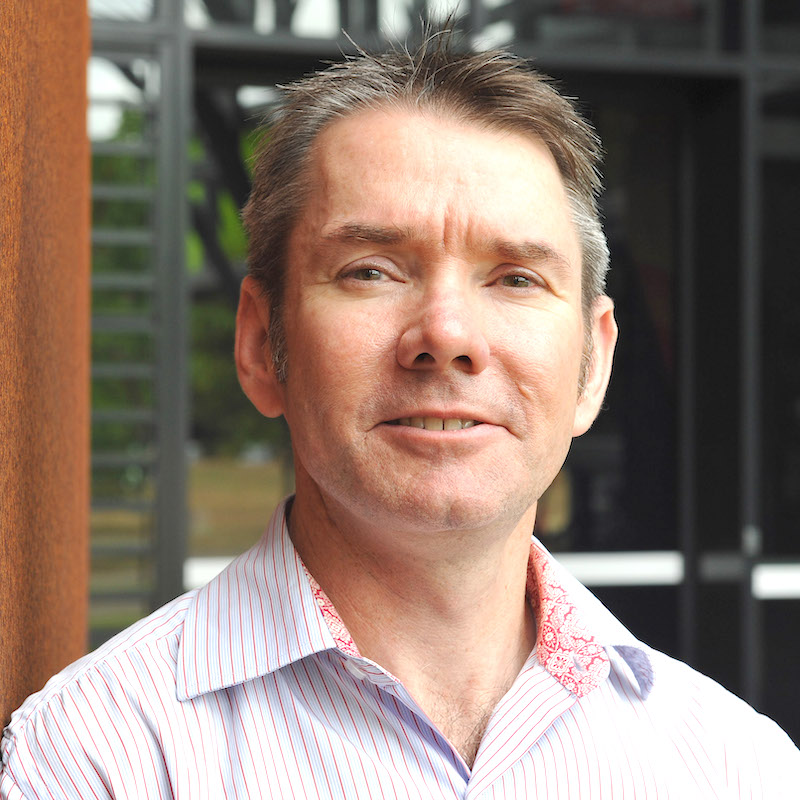
Distinguished Professor Sean Ulm MAIATSIS FSA MAACAI FAHA FQA
Sean Ulm is Director of the ARC Centre of Excellence for Indigenous and Environmental Histories and Futures at James Cook University. Sean is an archaeologist with core expertise in Aboriginal and Torres Strait Islander coastal and island archaeology. He is highly regarded for his coordination of large-scale, multidisciplinary projects in partnership with Indigenous communities investigating people-land-sea relationships across Australia. His team-based approach to tackling persistent research questions in close collaboration with Indigenous communities, government, and industry, and his multiauthored approach to publication, are hallmarks of his research.
His publications include more than 150 refereed articles on the archaeology of Australia and 5 books. Sean has conducted research in Australia, Honduras, Chile, Papua New Guinea and the Pacific.
Sean joined the SAC in May 2024.


